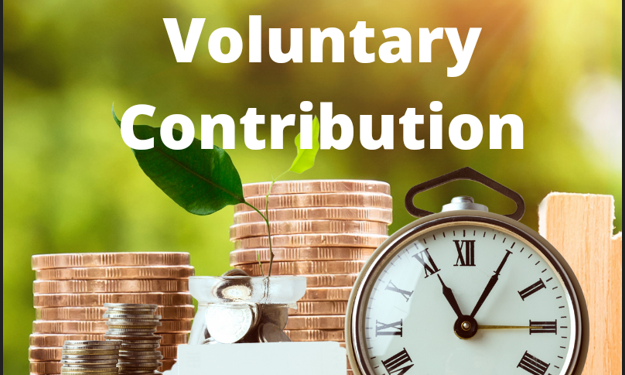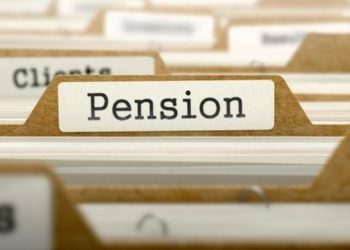Given the increasing living costs and life expectancy, saving for retirement in Kenya has become more crucial. While the mandatory contributions to NSSF may be a starting point, NSSF contributions are often not enough to provide a comfortable retirement income. To ensure financial stability at retirement, one may need to supplement their contributions using Additional Voluntary Contributions (AVCs).
AVCs are extra contributions you make to a pension scheme on top of the required statutory contributions. They are flexible, such that a member decides how much, when to contribute and whether to increase or reduce them depending on your financial situation. These contributions are added to your statutory contributions and are invested in your scheme’s funds and grow over time, allowing you to increase your pension pot.
Under the current NSSF framework, employees and employers each contribute 6.0% of the employee’s earnings, totaling 12.0%. These contributions are split into two tiers: Tier I applies to earnings up to KES 8,000.0, which is the lower earnings limit, while Tier II covers earnings above the lower earnings limit up to the upper earnings limit of KES 72,000.0. While this mandatory setup provides a basic foundation, it often falls short of what’s needed for a comfortable retirement, especially for informal workers, gig economy earners, and SMEs. Tier I contributions are remitted directly to NSSF, while Tier II can either remain with NSSF or be redirected to a registered occupational or umbrella scheme if the employer opts out. AVCs, on the other hand, are completely optional and separate from these statutory deductions.
The main advantage of AVCs is their tax treatment. Under the Tax Amendment Act 2024, monthly contributions of up to KES 30,000.0 are tax-free. This means you reduce your taxable income while securing more funds for the future. The Retirement Benefits Authority (RBA) Pensioners Survey highlights why AVCs matter: 37.0% of retirees who did not make AVCs claimed that their pensions savings were inadequate, especially those with dependants. Notably, only 8.0% of retirees make AVCs. AVCs can help plug this gap by ensuring a more adequate retirement income.
Apart from growing your future pension, AVCs also provide some flexibility in access. Normally, they are payable at retirement together with your main pension benefits. However, the law and scheme rules allow partial access before retirement in special cases such as: permanent emigration from Kenya, medical grounds (in case of permanent incapacity), early exit from employment, where some schemes permit access to AVCs while preserving the core employer and statutory contributions until retirement. This makes AVCs a bit more liquid than standard pension contributions, while still encouraging long-term savings. However, premature withdrawal is highly discouraged, to maximize your retirement savings.
For individuals and employers seeking a structured, professionally managed option, the Cytonn Umbrella Retirement Benefits Scheme offers an efficient platform to channel both mandatory and voluntary contributions, with flexible contribution arrangements and expert fund management to ensure your retirement savings grow steadily.
















